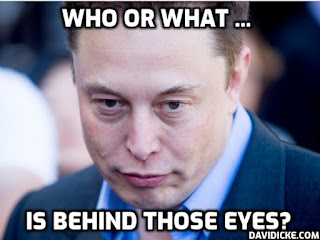In the early days of space exploration, references were made to rockets “punching holes in the sky” and letting something awful through. Whether anyone really feared this, or it was just a way of mocking technophobes is lost in the mists of time, but it turns out something of the sort really can happen.
A 2018 paper in Space Weather (a peer-reviewed journal, not the helpful website) explores the impact of a SpaceX Falcon 9 flight the previous year to launch Taiwan’s FORMOSAT-5 satellite. It reports the rocket “Induced gigantic circular shock acoustic waves (SAWs) in total electron content (TEC) over the western United States […] The rocket-exhaust plume subsequently created a large-scale ionospheric plasma hole (~900 km [559 miles] in diameter).”
Some would call this a thinning, not a hole, but over an area more than 500 miles wide, TECs were reduced by up to 70 percent compared to normal conditions. Not all the hole was equally affected, with just 10 percent TEC loss in some areas.
That event didn’t attract much public attention, but a similar launch
on July 19 this year did after photographs were posted on social media,
including Musk’s own website, whatever he is calling it...<<<Read More>>>...
